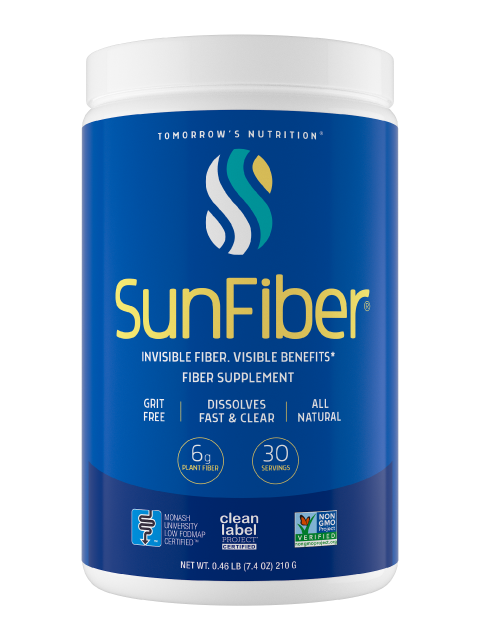A U.S. government advisory committee urges higher fiber consumption to promote better health. The 2015 Dietary Guidelines Advisory Committee, consisting of nationally recognized experts in nutrition and health, made its recommendations to the U.S. Departments of Health and Human Services and Agriculture.
In a letter to the secretaries of Health and Human Services and Agriculture, the committee noted that half of all Americans suffered from preventable diseases that stem from poor diets and lack of physical activity.
“Under-consumption of vitamin D, calcium, potassium, and fiber are of public health concern for the majority of Americans,” the committee wrote. In their report, the committee said the U.S. population should increase its consumption of fiber and potassium. Fruits, vegetables and whole grains were identified as rich sources of fiber.
The report noted that dietary fiber consumption has a recognized role in colonic health and maintenance of healthy bowel movements, but also noted, on page 89, that “a growing body of evidence suggests that fiber may play a role in preventing coronary heart disease, colorectal and other cancers, type 2 diabetes, and obesity.”
Other highlights from the report:
- Mexican-Americans have the highest fiber consumption.
- Higher income groups consumed more fiber than low-income groups.
- Americans consume, on average, only half the recommended fiber.
- Whole fruit and fruit juice account for 16 percent of dietary fiber. However, 80 percent of the U.S. population does not meet the recommended guidelines for fruit consumption.
- Vegetables provide 38 percent of dietary fiber. However, under-consumption of vegetables is pronounced among children and young adults.
- Potatoes, a good source of fiber, account for 25 percent of all vegetable consumption.
- Nearly 100 percent of the U.S. population does not consume the recommended amounts of whole grains, another rich source of fiber.
The charge to the committee is to review the scientific and medical knowledge current at the time. The committee then prepares a report that provides recommendations for the next edition of the Dietary Guidelines based on their review of current literature.
Recommendations from the Dietary Guidelines for Americans are intended for Americans ages 2 years and over, including those at increased risk of chronic disease, and provide the basis for federal food and nutrition policy and education initiatives. The Dietary Guidelines encourage Americans to focus on eating a healthful diet— one that focuses on foods and beverages that help achieve and maintain a healthy weight, promote health, and prevent disease.
The first edition of the Dietary Guidelines for Americans was released in 1980. As mandated in Section 301 of the National Nutrition Monitoring and Related Research Act of 1990 (7 U.S.C. 5341), the Dietary Guidelines for Americans is reviewed, updated, and published every 5 years in a joint effort between the U.S. Department of Health and Human Services and the U.S. Department of Agriculture.


0 Comments